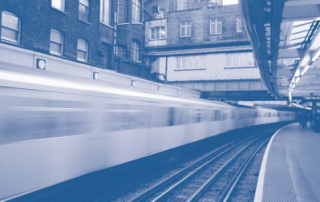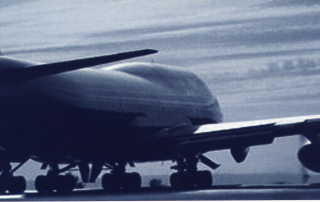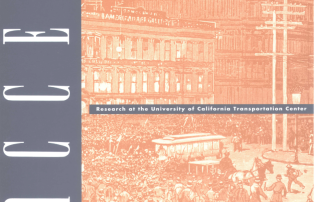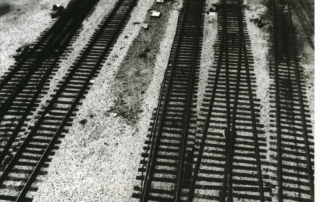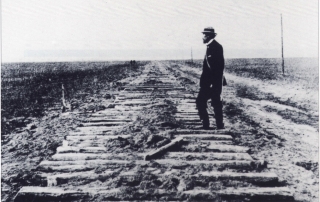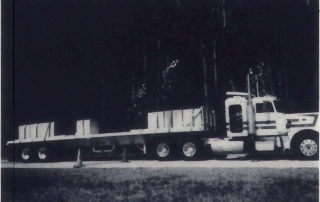Splitting the Ties: The Privatization of British Rail
José A. Gómez-Ibáñez
Most railroad companies around the world own and maintain all the necessary facilities and equipment to provide rail transportation service. Different railroads often serve different regions, so a long distance movement might involve the cooperation of two or more railroads. A freight container moving from the port of Los Angeles to Atlanta might be transferred from the Union Pacific Railroad to the CSX Railroad, for example, while a passenger coach from Paris to Frankfurt would be transferred from the French to the German national railways at the border. But within its respective service area, each railroad usually owns all or most of the needed locomotives, wagons, tracks, yards, and stations. In the parlance of economists, railroads are often horizontally separated in that different railroads serve different regions, but they are almost always vertically integrated in the sense that they provide all the functions needed to offer rail service within their region.

